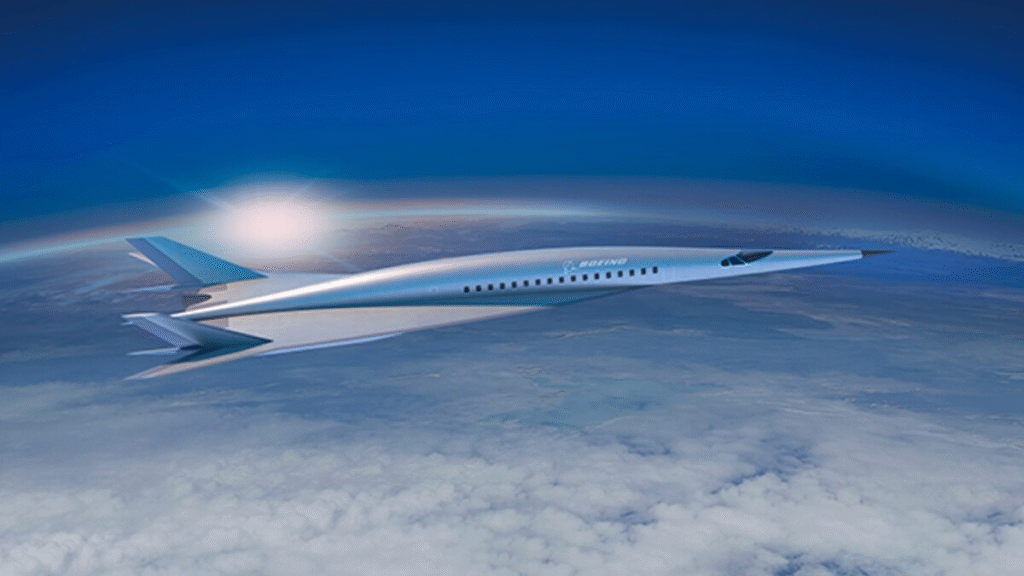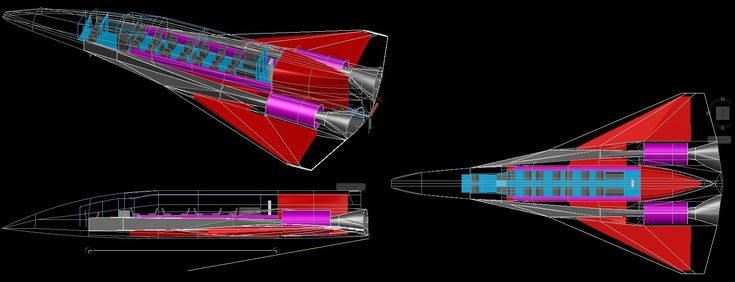
Introduction
Hypersonic passenger travel—aircraft capable of flying at speeds exceeding Mach 5—has the potential to revolutionize global connectivity. While much of the development is currently driven by major aerospace powers, the implications for East Africa could be transformative. Faster travel times could boost trade, tourism, and diplomatic engagement while positioning the region as a strategic hub for transcontinental air routes.
Understanding Hypersonic Technology

Hypersonic flight operates in the realm between high-speed suborbital travel and conventional aviation. This requires advanced propulsion systems, heat-resistant materials, and cutting-edge aerodynamics. Current research focuses on reducing fuel consumption, ensuring passenger safety, and making operations economically viable for commercial use.
Potential Economic Benefits for East Africa
If integrated into the region’s air transport network, hypersonic travel could cut Nairobi-to-London flight times from eight hours to less than two. Such efficiency could attract high-value business travel, stimulate tourism, and encourage multinational corporations to establish regional offices. Additionally, faster cargo delivery could benefit sectors such as perishable goods exports and time-sensitive medical supplies.
Tourism and Cultural Exchange
East Africa’s rich cultural heritage and natural attractions—such as the Serengeti, Maasai Mara, and Zanzibar—could see a surge in high-end tourism if international travelers could reach the region in just a few hours. Reduced travel fatigue would also make short-stay tourism more viable, increasing revenue streams for the hospitality industry.
Infrastructure Readiness
To accommodate hypersonic aircraft, East African airports would require significant upgrades, including extended runways, specialized maintenance facilities, and enhanced air traffic control systems. Integrating these advanced planes into existing airspace would demand updated regulatory frameworks and skilled personnel.
Environmental Considerations
Hypersonic travel poses challenges, including higher fuel consumption, potential atmospheric impacts, and increased noise levels. As such, any adoption in East Africa would need to balance economic benefits with sustainability goals, possibly leveraging emerging green propulsion technologies.
Geopolitical and Strategic Positioning
Given its geographic location, East Africa could become a key stopover point for hypersonic routes connecting Asia, Europe, and the Americas. Strategic investments and partnerships with technology providers could ensure the region is not left behind in the next evolution of aviation.
Challenges to Adoption
High infrastructure costs, technological dependence on foreign manufacturers, and ticket affordability remain major hurdles. For hypersonic travel to benefit the wider population, subsidies, public-private partnerships, and gradual integration strategies would be necessary.
Conclusion
While hypersonic passenger travel remains in its developmental stage, East Africa stands to gain significantly if it prepares early. By investing in infrastructure, training, and sustainability, the region could position itself as an essential hub in a new era of ultra-fast global travel, driving economic growth and enhancing connectivity for decades to come.


